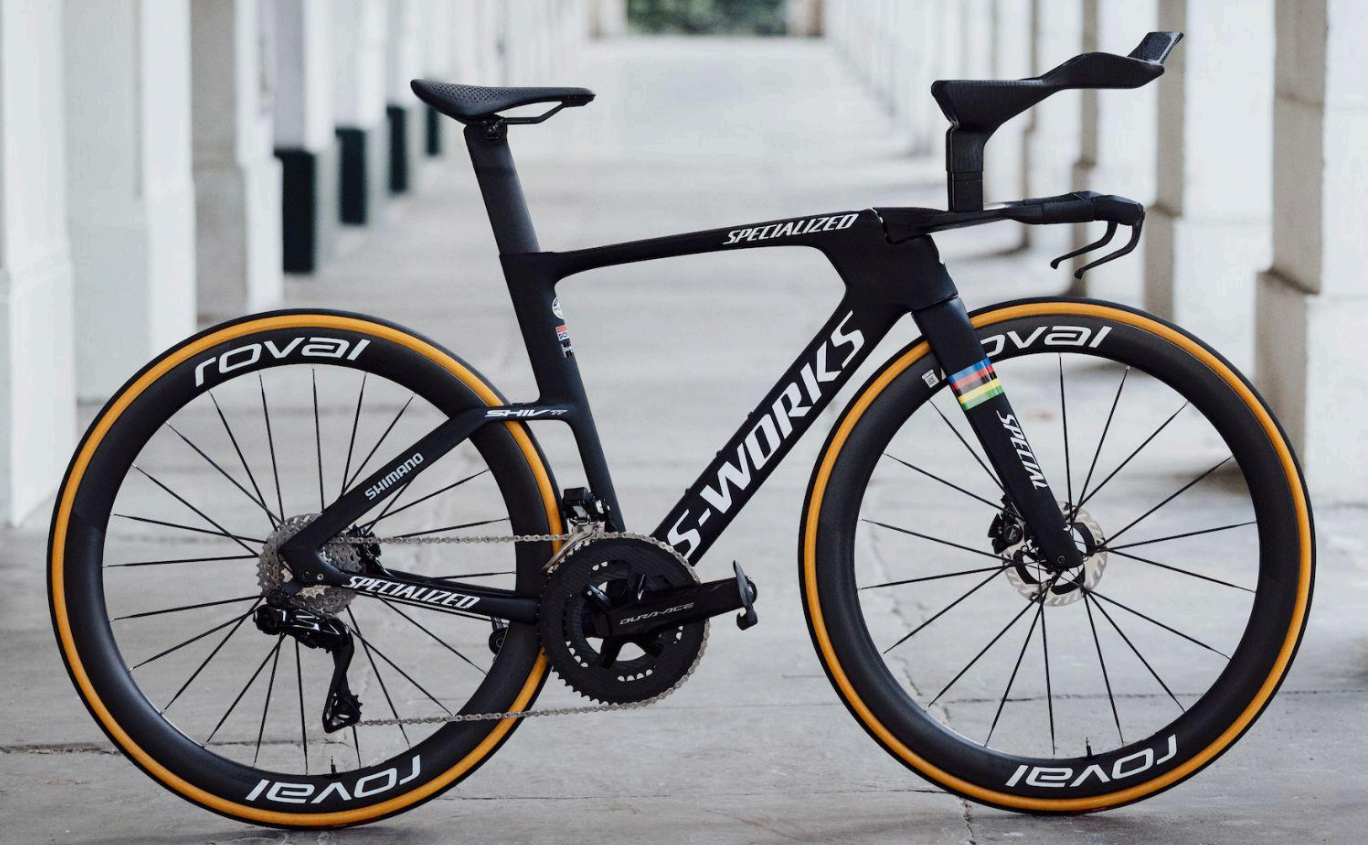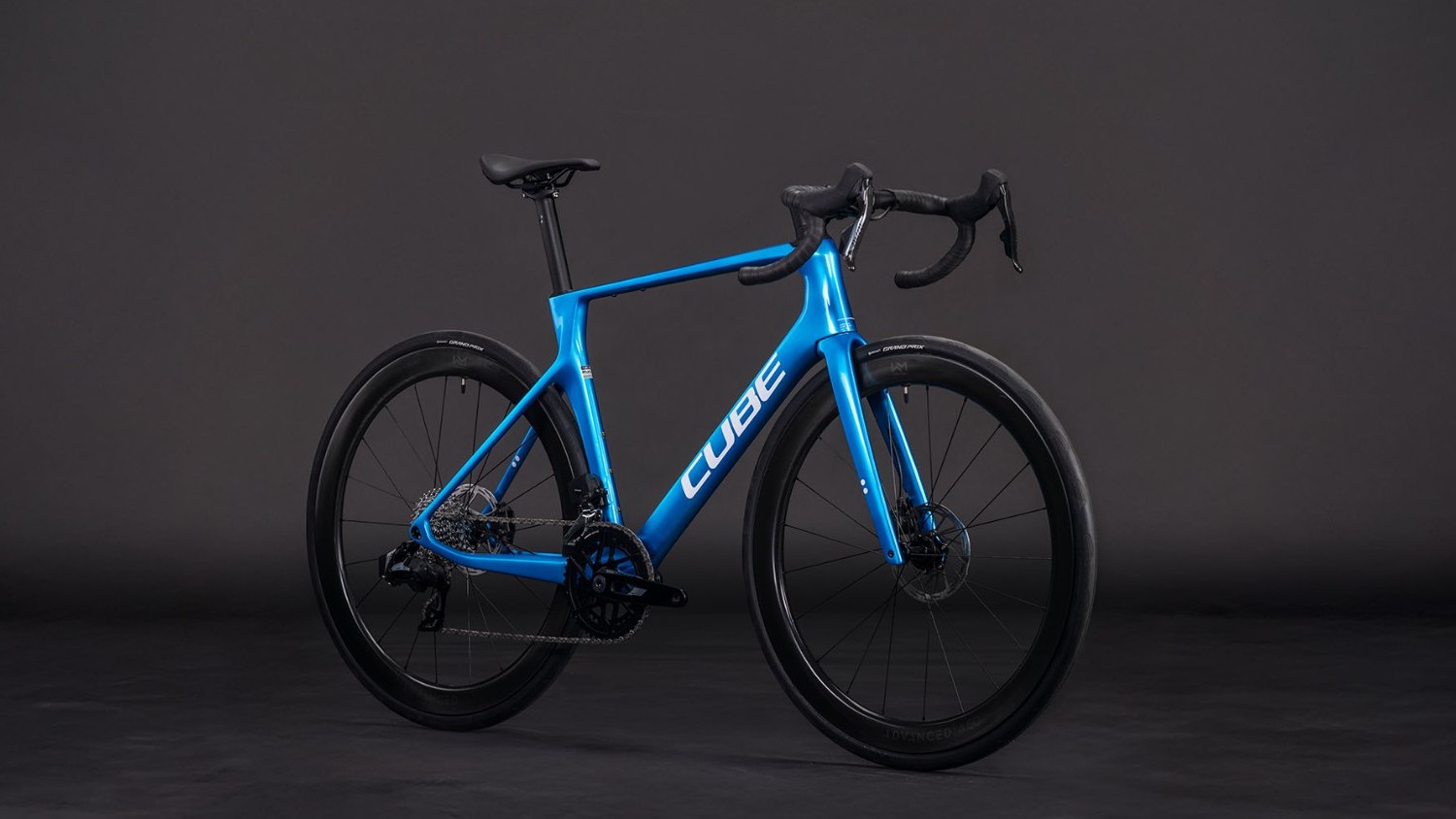Remco Evenepoel's bike fitter reveals climbing-specific time trial position ahead of Tour de France mountain time trial
Unpacking the complicated trade-off between aerodynamics, weight, and power output

Stage 13 of the 2025 Tour de France is an exciting day for tech nerds.
It's a short stage, at just 10.9km in length, but it is both flat and mountainous at once, and a mathematical conundrum for teams, riders, and the performance engineers whose role it is to choose the fastest equipment.
Generally speaking, time trial bikes are more aerodynamic than road bikes, but road bikes are lighter, and their more upright position favours higher power output, especially on climbs. As a result, time trial bikes are often faster on flat roads, but slower when the road points up.
Finding the best of both worlds is a difficult task, but in the interest of leaving no stone unturned, Remco Evenepoel (Soudal-QuickStep) has not only optimised his equipment but also overhauled his position on the bike.
While many teams opted to swap from a time trial bike to a road bike at the foot of the climb, Evenepoel used the Specialized Shiv time trial bike from start to finish, albeit fitted with the Roval Rapide CLX III wheels front and back, rather than an aerodynamic-but-heavier disc rear wheel.
Where things get interesting, however, is in Remco's bike fit. Instead of his usual time trial bike position, which is so aggressive and low that Specialized was recently forced to cut out the visor of his helmet to allow his head to get closer to his hands, Evenepoel's bike fitter has revealed a new, climbing-specific time trial position.
According to Retül, the bike fitting subsidiary of Evenepoel's bike sponsor Specialized, his torso has been raised up to allow him to "maintain power but also retain aerodynamics."
The latest race content, interviews, features, reviews and expert buying guides, direct to your inbox!
To shine a light on just how important this stage is to Evenepoel and his fellow GC contenders, Evenepoel worked with Retul's bike fit expert, Jason Williams, on four separate bike fits throughout the past year just for this stage, alongside an undisclosed number of sessions in the wind tunnel at Specialized's headquarters in Morgan Hill, California.
This position, which sees a taller stack added to his time trial extensions to lift his torso higher, and also what looks to be a slightly more forward saddle position, will open Evenepoel's hip angle allowing him to better recruit muscles, particularly in those high-torque, low-cadence moments on the 16% gradients towards the end of the climb.

There will, of course, be an aerodynamic trade-off from the higher position, but whereas a flat time trial sees Evenepoel moving at 50km/h and more, the climb will be undertaken closer to around 25km/h. At this speed, aerodynamics is still a factor, but the penalty is less severe.
For example, at 50km/h, the aerodynamic drag penalty of increasing CdA (Coefficient of drag x Area) from 0.25m² to 0.26m² (an arbitrary increase, not related to Evenepoel) is 16 watts. At 25km/h, it's just two watts.
The Soudal-QuickStep engineers have evidently done the maths and believe that Evenepoel will gain more than his aero detriment in extra raw power, and enough over and above this that it will also overcome the losses he'll see on the faster flat section.
Elsewhere, Evenepoel's Shimano Dura-Ace groupset featured a relatively normal spread of gears; no Roglič-esque gravel groupsets here. At the rear, the 11-34 cassette is perhaps slightly bigger than normally found on a time trial bike, but not unusual on a mountainous day.
Up front, the chainrings were a combination of a fast-on-the-flat 55T, and a more-mountain-friendly 38T.
One more interesting addition is the use of a road helmet, rather than a more aerodynamic time trial helmet. The avoidance of overheating is an important factor to consider, particularly on climbs where speed is lower and therefore cooling airflow is less. Cyclingnews understands that Evenepoel was initially planning to use the S-Works TT5 helmet, but given the temperatures on the day, he instead opted for his sponsor's Evade III aero helmet.
And finally, of course, he also used the hyper-expensive, lightweight 'S-Works Torch Remco' shoes, which at 148g per shoe, will set you back $699 a pair.

Josh is Associate Editor of Cyclingnews – leading our content on the best bikes, kit and the latest breaking tech stories from the pro peloton. He has been with us since the summer of 2019 and throughout that time he's covered everything from buyer's guides and deals to the latest tech news and reviews.
On the bike, Josh has been riding and racing for over 15 years. He started out racing cross country in his teens back when 26-inch wheels and triple chainsets were still mainstream, but he found favour in road racing in his early 20s, racing at a local and national level for Somerset-based Team Tor 2000. These days he rides indoors for convenience and fitness, and outdoors for fun on road, gravel, 'cross and cross-country bikes, the latter usually with his two dogs in tow.
You must confirm your public display name before commenting
Please logout and then login again, you will then be prompted to enter your display name.
